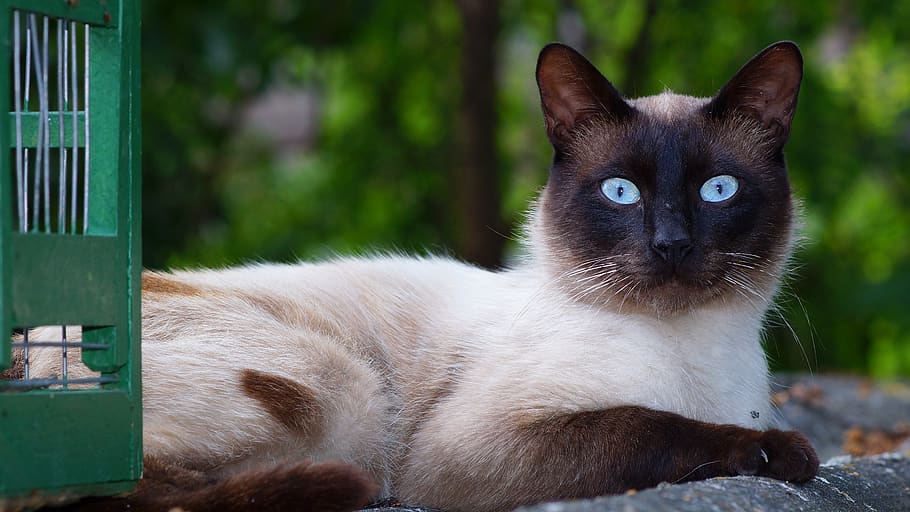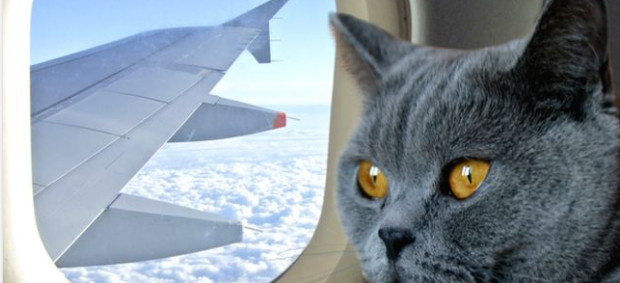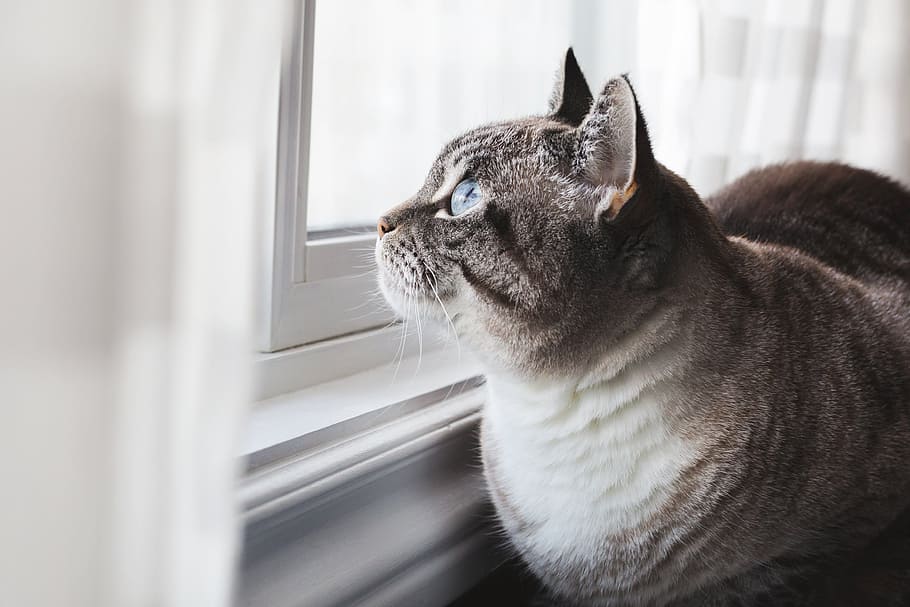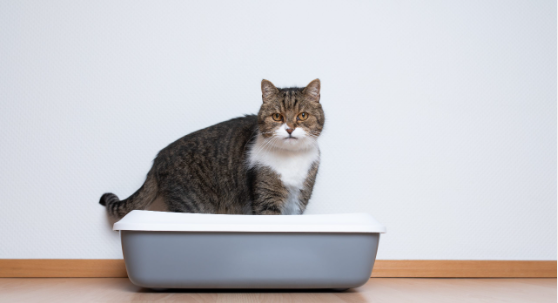Cat Breeds That Shed Least?
Cats are one of the most popular pets in the world and for good reason. They are cute, and cuddly, and make great companions.
However, they also come with their own set of challenges. One of the biggest challenges when it comes to owning a cat is dealing with shedding.
While all cats shed to some extent, some breeds shed much less than others. In this article, we will explore which cats shed the least and why it’s important to know.
Explanation of the Topic
When we talk about shedding in relation to cats, we’re referring to the process by which they lose old or damaged fur. Shedding is a natural part of a cat’s life cycle and occurs year-round but can become more noticeable during seasonal changes. Some cats shed so minimally that their owners barely even notice it happening.
Importance of Knowing Which Cat Sheds the Least
Knowing which cats shed the least is important for a few reasons. Firstly, if you have allergies or sensitivities to pet dander or hair, then owning a low-shedding cat may be better suited for you.
Additionally, if you live in a small apartment or space where there isn’t much room for your cat to roam around outside then having a breed that sheds little is beneficial as there will be less hair on your sofa or carpeting. Furthermore, having less shedding means less time spent cleaning up after your furry friend every day as well as potentially fewer trips to see an allergist due to pet-related allergies.
Brief Overview of The Article
In this article, we will delve deeper into understanding how shedding works in cats before exploring five breeds known for being low-shedders compared with others: Sphynx; Bengal; Russian Blue; Siamese; Burmese – including how much maintenance each breed requires, pros and cons of owning each breed, and other low-shedding breeds. By the end of this article, you’ll have a much better idea of which cats are least likely to cover your home with fur (and dander) – so you can pick the perfect feline companion for you!
Understanding Cat Shedding
Cats are known for their grooming rituals, and shedding is an integral part of this process. Shedding is a natural occurrence in the life of cats and is influenced by several factors such as seasons, breed, age, and health status.
In general, cat shedding occurs when old or damaged hair falls out and new hair grows in its place. This cycle is regulated by hormones and controlled by the cat’s biological clock.
Explanation of Cat Shedding Process
Cat shedding typically follows a predictable pattern that depends on several factors mentioned earlier. The first phase of cat shedding is called “anagen,” during which the hair follicles grow rapidly. This phase can last from two to six years depending on the breed of your cat.
The second phase is called “catagen,” during which the cat’s follicles begin to shrink in size, causing the existing hair to loosen from its roots. This stage takes approximately two weeks.
The third phase – “telogen” – occurs when old or damaged hair falls out naturally while new hairs grow in their place. This stage lasts for about one month before repeating again.
Factors That Affect Shedding
Several factors can affect how much a cat sheds: genetics play a significant role in determining how much fur a feline will shed; long-haired breeds generally shed more than short-haired breeds; hormonal changes caused by pregnancy or changing seasons also influence shedding; nutrition and health status affect overall coat health.
How To Reduce Shedding in Cats
If you’re struggling with excessive shedding from your furry friend, there are some steps you can take to reduce it. First, consider brushing your cat’s coat regularly – this helps remove loose fur before it has a chance to fall out all over your furniture!
Providing adequate hydration and nutrients will ensure that your cat’s coat health is optimal, and regular veterinary care is essential to ensure that any underlying health issues are identified and treated promptly. Investing in a quality air purifier or vacuum cleaner can help reduce the amount of hair that accumulates in your home.
Top 5 Cats That Shed the Least
Every cat owner knows that dealing with shedding can be a hassle. Luckily, there are several breeds of cats that shed less than others. Here are the top five cats that shed the least:
Sphynx
The Sphynx is one of the most unique cats out there. With their hairless bodies and wrinkled skin, they may not be everyone’s cup of tea, but they’re perfect for those who don’t want to deal with shedding. Since they don’t have any fur, grooming requirements are minimal.
However, bathing is necessary to keep their skin clean and free from oil buildup. Sphynxes are friendly and outgoing cats that thrive on attention from their owners.
They’re active and playful which makes them great pets for families with children or other pets. One downside to owning a Sphynx though is that they can be quite expensive due to their rarity.
Bengal
The Bengal cat is a stunning breed known for its leopard-like spots on a golden background. While not completely hairless like the Sphynx, Bengals have short fur which means less shedding overall.
They have an energetic personalities and love playing games like fetch or chasing toys around the house. Bengals require regular grooming in the form of brushing to keep their coat sleek and shiny.
However, they enjoy being groomed so it can become a bonding experience between owner and pet. One drawback of owning a Bengal is that they can be mischievous and get into trouble if left alone for too long.
Russian Blue
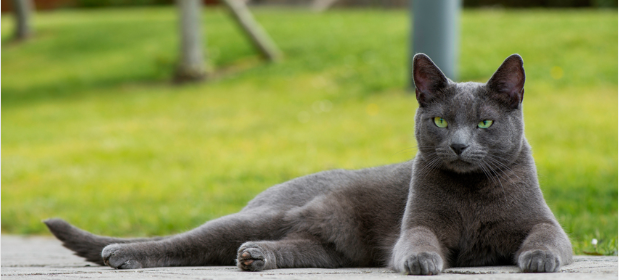
One of the most elegant breeds out there, Russian Blues have thick silvery-blue coats that don’t shed much at all compared to other cats. They’re intelligent and affectionate animals who often bond closely with one person in particular. Russian Blues have minimal grooming requirements, with brushing once a week being sufficient.
They’re generally quiet cats who make great apartment pets due to their calm demeanor. However, they can be prone to shyness at times and may need extra socialization as kittens.
Siamese
Known for their striking blue eyes and unique vocalizations, Siamese cats are another breed known for shedding less than others. They have a short, fine coat that requires minimal grooming aside from weekly brushing. Siamese cats are loyal and intelligent pets who form strong bonds with their owners.
They can be quite talkative and enjoy interacting with people on a regular basis. One downside of owning a Siamese is that they can be quite demanding of attention which may not suit everyone’s lifestyle.
Burmese
The Burmese cat is a muscular breed with short hair that doesn’t shed much at all. They’re playful and energetic animals who love spending time with their human family members. Burmese require minimal grooming in the form of weekly brushing to keep their coat shiny and healthy.
They’re affectionate cats who bond closely with their owners which makes them great pets for those seeking companionship. One downside of owning a Burmese is that they can be quite vocal at times which may not suit every household.
Other Cats That Shed Less Than Average
Devon Rex: The Curly-Coated Cat
The Devon Rex is notable for its unique coat which consists of soft, curly hairs. These curls trap loose fur and prevent it from falling off as easily, resulting in less shedding overall.
Devons are also known for their friendly, playful personalities and their ability to form strong bonds with their owners. They require regular grooming to maintain the health and texture of their curly coats, but this can be a fun bonding experience between the owner and the cat.
Cornish Rex: The Fine-Haired Feline
Similar to the Devon Rex, the Cornish Rex has a unique coat that contributes to its low shedding tendencies. The downy hair does not shed as much as thicker-haired breeds, and they also require less grooming than other cats due to their low-maintenance coats. Cornish Rexes are known for being active and intelligent pets that enjoy playing games with their owners.
Turkish Angora: The Elegant Hairball
The Turkish Angora is famous for its long, silky coat that requires regular maintenance but sheds much less than other long-haired breeds. Their soft hairs do not clump together like those of other long-haired cats, meaning that loose fur falls out more easily instead of getting tangled in the coat. Turkish Angoras are one of the oldest domesticated cat breeds and are known for being intelligent yet mischievous pets.
Conclusion
Choosing a cat breed with minimal shedding can greatly reduce allergens in your home while also making pet ownership more manageable for those who dislike cleaning up fur regularly or have allergies themselves. While some cats will always shed more than others due to factors like genetics or environment, researching low-shedding breeds can help you find your perfect feline companion. Remember that no cat is completely hypoallergenic, but by taking steps like regular grooming and vacuuming, you can minimize the effects of shedding in your home.

